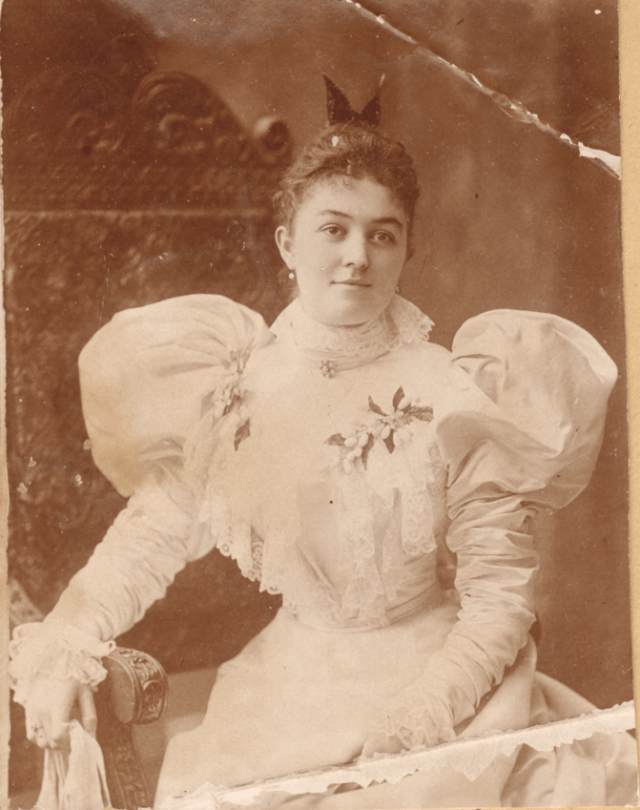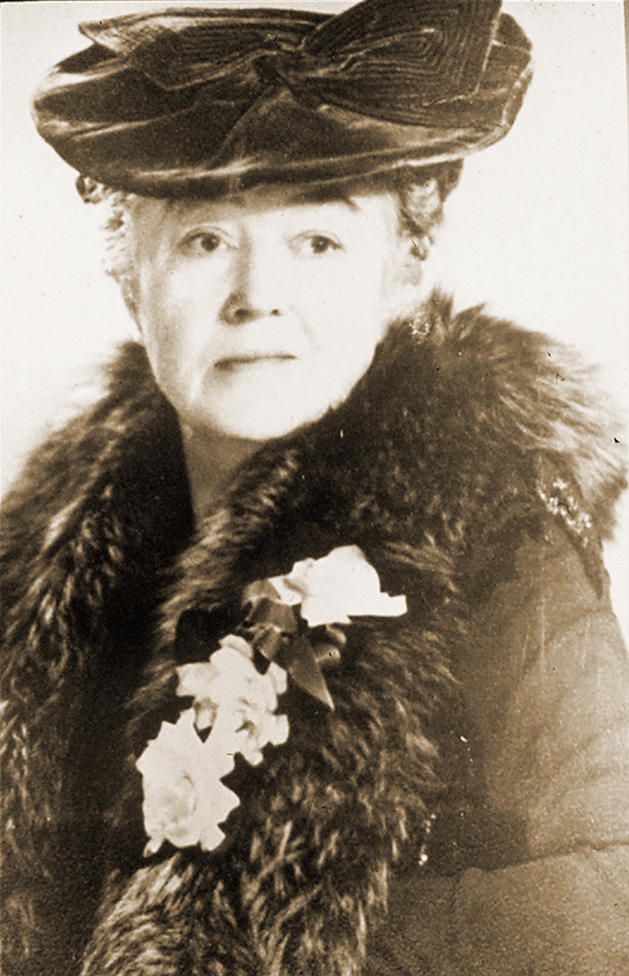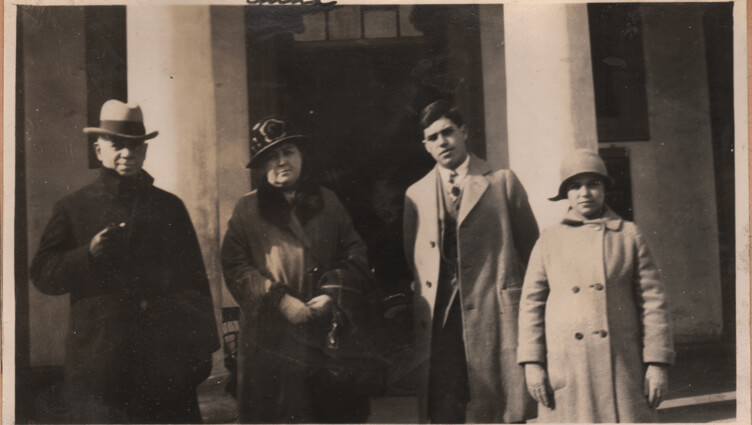The 1896 Nashville Blue Book listed eminent families and their clubs, but the directory was nowhere in the mind of Miss Mabel Wood of Clarksville, Tennessee, when she wed Mr. Leslie Cheek in that same year, 1896, and moved to their new home in Nashville. The new Mrs. Cheek, who had been educated in Baltimore, set about homemaking for her successful businessman husband and, soon enough, cared for their children, Leslie, Junior, born in 1908, and Huldah in 1915. This busy wife and mother, an avid reader, might have been aware of the Nashville Society Blue Book (1900) and also of Mrs. William W. Geraldon’s Social Directory (1911), which included the names of debutantes and eligible sons of the city’s leading families. Mabel Cheek, however, had no need of such directories to verify her place in Nashville or the modern world, not when her family resided in the architect-designed Italianate house on West End Avenue, nor when the well-traveled family moved to their country house estate in 1932—Cheekwood.
The Cheeks’ prominence was gainsaid, and Mabel a leading figure in the vibrant art and culture of her adopted city. Periodically, she opened the estate to large gatherings. For instance, in 1933, when the Tennessee State Legislature named the iris the floral symbol of the state, Mabel invited the membership of the Iris Society, “more than one hundred-fifty strong,” she recalled, to stroll the Cheekwood gardens and enjoy fruit punch and cake on the loggia.
Of the diverse organizations in which Mabel Cheek took an active part—from the Ornithological Society to the Review Club—first and foremost for her was the Centennial Club. Organized in 1894 “on a statewide basis for public work,” the club had first planned a Woman’s Building for the upcoming Tennessee Centennial Exposition of 1897 and supervised “all exhibits and projects pertaining to women’s work.” By the 1920s, when Leslie, Jr., and Huldah were in school, Mabel found time for active involvement in this dynamic club that now was organized in departments.
Mrs. Leslie Cheek’s name soon suffused the Centennial Club programs. In June, 1920, she presented Travels in China, Japan, and Korea, illustrating her talk with “projected colored post cards on the screen.” Three years later, she presented a book review of Visiting in China, and in 1928, “India—Travel Talk by Mrs. Leslie Cheek.” Her name appears, in addition, on the governance roster, as a “2nd vice-president” for 1921-23 and as a director in 1935.

Mabel’s letters to her daughter Huldah, who was attending Bryn Mawr College outside Philadelphia, open a window onto the seriousness of her presentations. Among numerous travels, she detailed her visit to Mexico, first in a private Pullman car, then by motor “to inspect a cocoa factory” and “a tile factory,” all the while dazzled by the plethora of camelias cleverly “refrigerated” with banana stalks. (“Mexico is very interesting….we went to a bull fight….the spectacle of the crowd was wonderful…. Cortez Place is also there with its celebrated [Diego] Rivera murals.”)
As Mabel wrote to her daughter, “I have tried to see everything and remember it, for I will need it all for my paper on Mexico for the Review Club.” The “paper” became a serious endeavor, and we imagine Mabel composing it at her desk in the Cheekwood Library.
A short letter to Huldah from her father, Leslie, remarks, “Mother will entertain her Review Club on May 14 [1935], when she will deliver her talk on ‘Mexico.’” He adds, “I will be relieved when it is over—mother just puts too much of herself into these efforts.”
Surely not so, for Nashville’s art, culture, and generosity of spirit abided in such women as Mabel Wood Cheek who committed their intelligence and unflagging energies to “The Athens of the South.”

Blog post provided by Cheekwood’s Writer-in-Residence, Cecelia Tichi, Ph.D.
Cecelia Tichi is an award-winning author and Professor of English and American Studies Emerita at Vanderbilt University. Her books span American literature and culture from colonial days to modern times, but her recent work draws upon the Gilded Age (post-1870) that prompted her book on Jack London and another on seven activists in that tumultuous era.
Cecelia’s research and teaching inspired What Would Mrs. Astor Do? The Essential Guide to the Manners and Mores of the Gilded Age, followed by Gilded Age Cocktails and Jazz Age Cocktails , which set the stage for her mystery crime novels that boast “Gilded” in each title.
Cecelia can be followed on her website: https://cecebooks.com/

